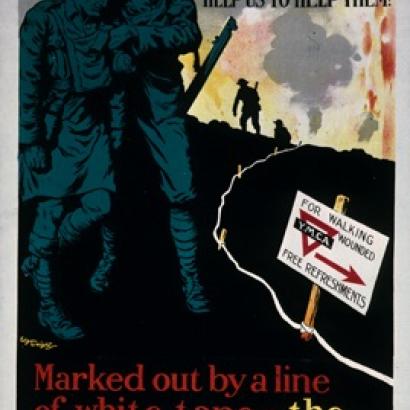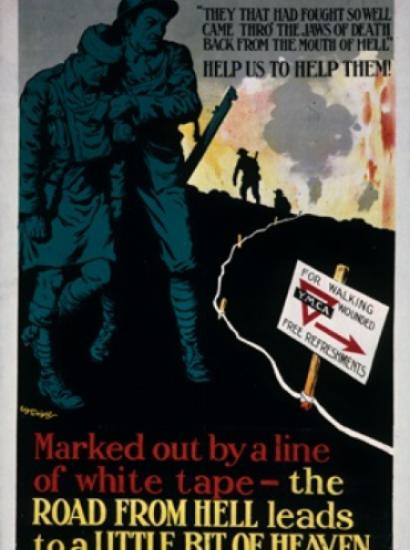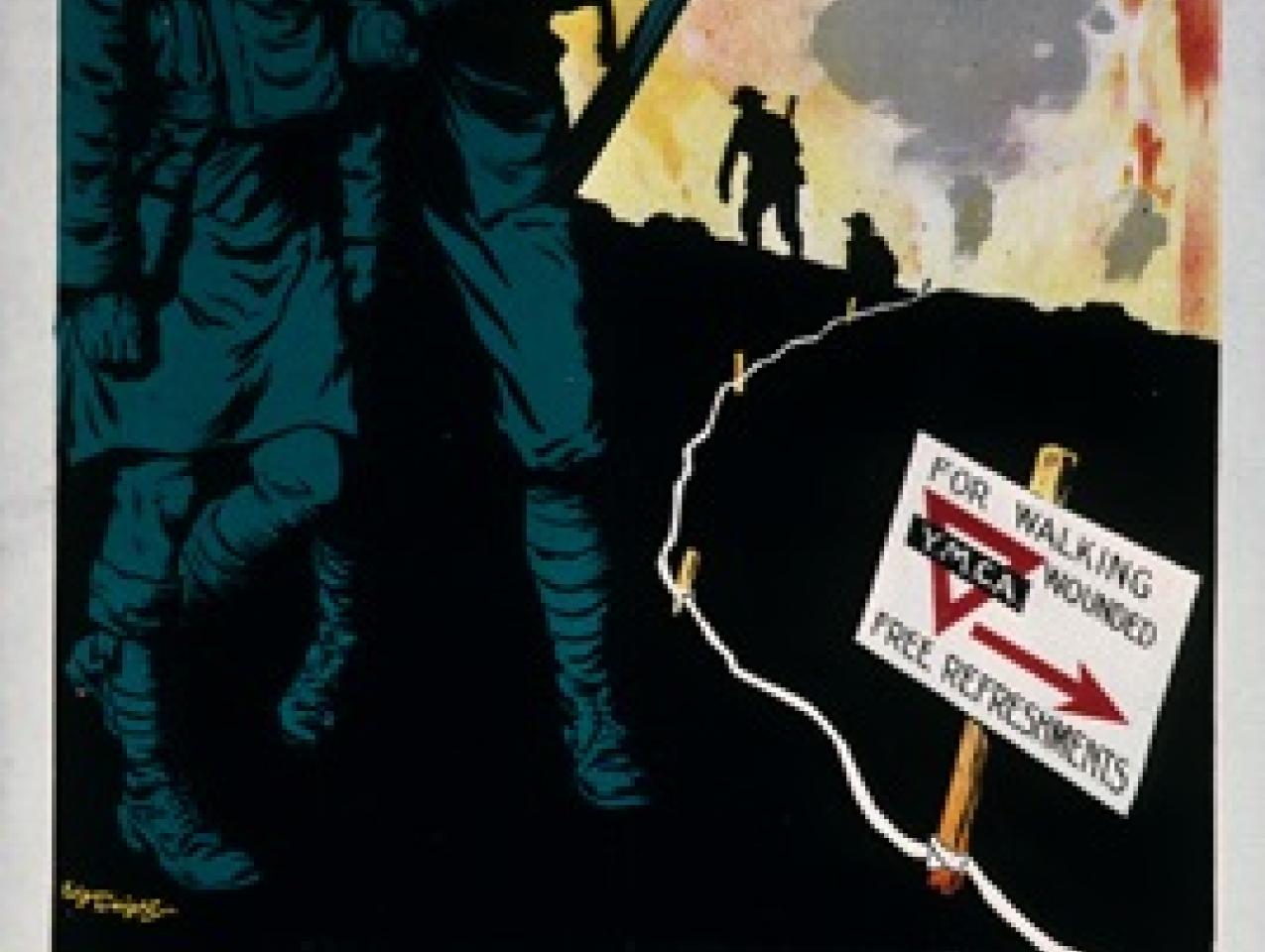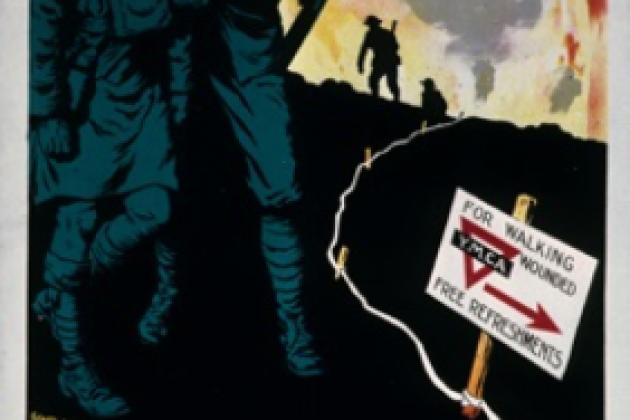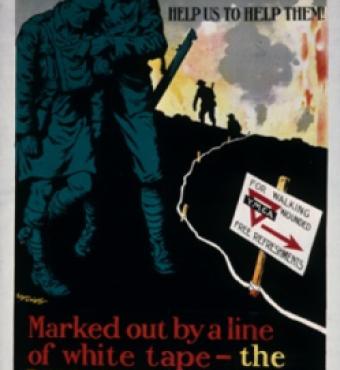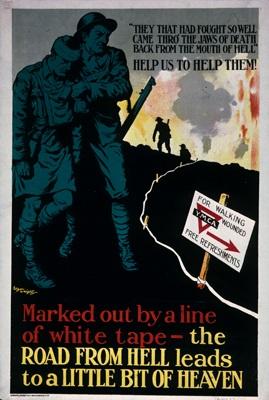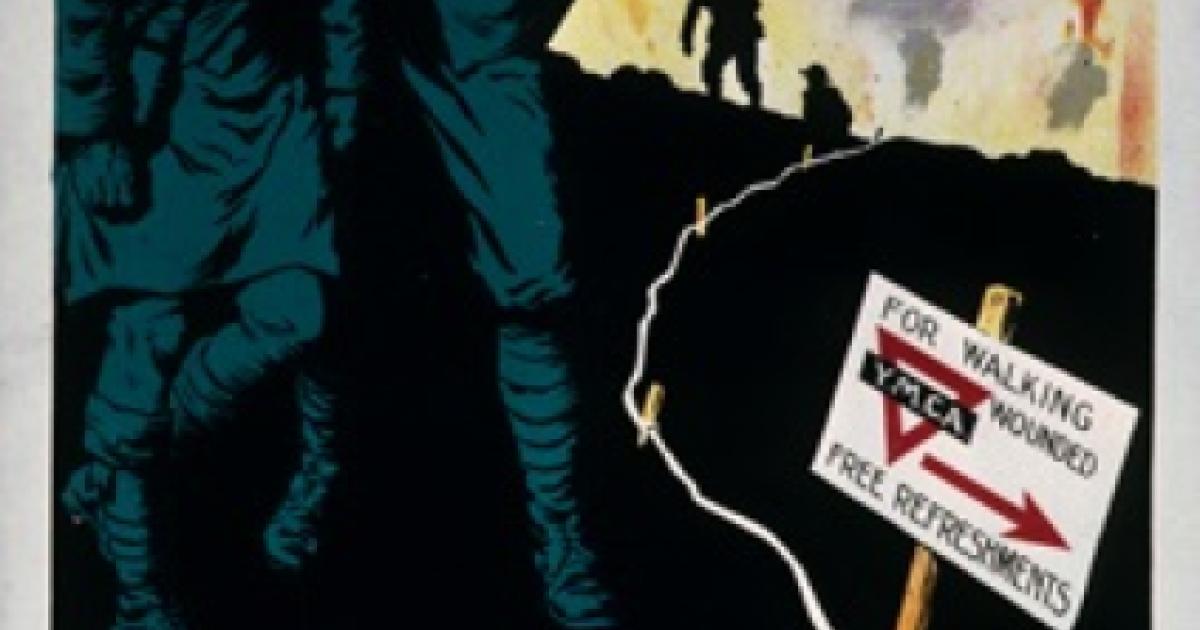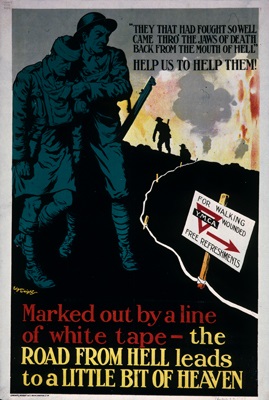
By the end of the sixteenth century Europe had largely recovered from the massive kill off of its population that the Black Death had brought in its wake in the fourteenth century. But by that point, the ability for the continent to feed its growing population was reaching its limit, while the economy was incapable of supporting the increasing numbers of young men. Similarly, Europe in the 1780s, particularly France, due to both increasingly effective public health measures and a more effective agricultural sector, was confronting a massive youth bulge of young men, for whom there was insufficient employment. And finally, the explosion of economic and industrial power in Europe and its vast dependencies around the world by 1914 had resulted in a great expansion of the number of young men.
The results in all three cases were periods of great wars that cause massive destruction not only to human life, but to the very fabric of European society. By the time the Thirty Years War had ended, it devastated the “Germanies” and reduced the population of that area by somewhere between 25 and 40 percent. Marauding armies ravaged virtually all of Central Europe. The wars of the French Revolution and the Napoleonic Wars devastated even larger areas of Europe and killed millions. The wars drenched Europe from Portugal to Moscow in blood and destruction. The Spanish artist Francisco Goya’s depiction of French troops murdering Spanish civilians captured the real horror of the Napoleonic Wars far better than the gaudy depictions of the emperor’s battles. The casualty total for the First World War reached well over eight million with an even greater number permanently disabled either physically or mentally. Is there a direct correlation between these periods of a growing bulge in the population of young men, and the catastrophic wars that followed them? Difficult to prove, but the pattern is suggestive.
The warning is there, as we watch the unraveling of the so-called states established in the aftermath of the First World War. If the disorders currently occurring in the Middle East with its massive population bulge of young males, unemployed and facing an uncertain future, spread beyond control of local and external powers, the world may well be looking at a catastrophe on the order of the Great War of 1914-1918. Unlikely, perhaps. But then it is worth remembering that such was the belief of most observers in 1617, 1791, and 1913—that war in their time was unlikely to be long and costly.







